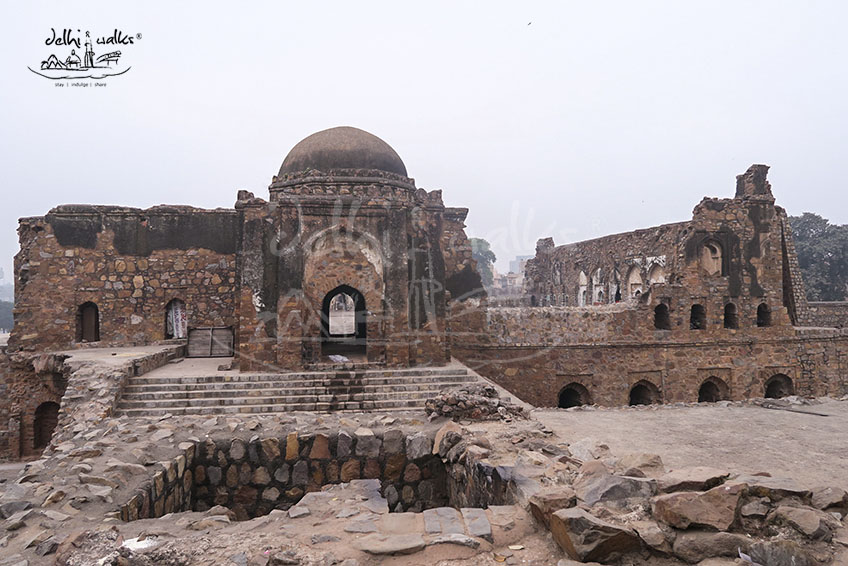The Morning Raga of Old Delhi!
Get.Set.Go, is the mantra that we believe in our organisation. Are you ready to enjoy a unique experience of a comfortable, cushy rickshaw ride brought to you by India City Walks. It is once in a lifetime experience which I’m sure you would not want to miss out on. With super comfortable rickshaws, brilliant storytelling to cater to your knowledge thirst and the narrow lanes which brim with activity all through the day will take you for a experience which will be etched in your memory. As the sun rises over the Walled city, which echo of some activities, where else would you find, the sleepy heads waking up to incessant chanting of mantras, from the Gauri Shankar temple, the serene ardas of Gurudwara Sis Ganj as well as the chapel in the Central Baptist Church will take you for a spiritual journey down the main street. The loud fajr azaan resonating from the walls of Jama Masjid’s imposing minarets is the cherry on the cake. While you are experiences all this in one go, I officially welcome you to the walled city of Shahjahanabad! While the shops are still closed, the shopkeepers would be seen sipping hot chai and waiting for the pakoras to be fried, which becomes their breakfast and kickstarts their hectic day!
The narrow alleys of Old Delhi move at a pace that they know of, especially in the mornings when they take their own sweet time to get up and get going with the day. Experience the unbelievable tranquility of a sleepy city with ‘Rickshaw Tours’, a flagship vertical of ‘India City Walks’ that curates special offbeat experiences to let you see city from a eye of a local. So what is a rickshaw?
Light, three wheeled passenger bicycle vehicle which carries one or more people according to the size and shape of the rickshaws. The custom made rickshaws which are owned by India City Walks have been designed to keep in mind the heritage, history and the culture of the historic walled city, which strives to offer the comfort and safety of the travellers who come to Old Delhi.
Be it any sort of experience, relating to food tour or just simple heritage tour, we are here to cater to a lot of varieties to give you the best of experiences. When paranthas at the Paranthewali Gali is a favourite for vegetarians, a rickshaw tour around Matia Mahal, opposite Jama Masjid, serves a quintessential breakfast meal which is filling at the same time a favourite amongst the locals. Nihari is the most famous breakfast meal around, which involves slow cooking of meat with nearly fifty varieties of spices, including garam masala, cumin, cardamom and other strong spices. This spicy dish is best eaten only in the morning. All passionate foodies who have a stomach of a pandora’s box, can join us for a tour in the meshed wired lanes of matia Mahal, which brims with the smell of lots of spices.
We understand, crawling out of bed, right in the morning is a tedious task, and we at ‘India City Walks’ strive to give you the rare glimpse of serene Shahjahanabad through the empty lanes and alleys.
A Unique perspective to Old Delhi, the history of Shahjahanabad can be sought while you take a rickshaw tour, as we do impromptu storytelling of all the places you visit, the colours and the soul of Old Delhi which makes it a living fabric of the city. Shot halt’s around the city where you would step down to experience the places, will be done, and of course for food tasting. Pick your bet, whether a food tour or a heritage tour, we are ever ready to deliver the best of the experiences!






